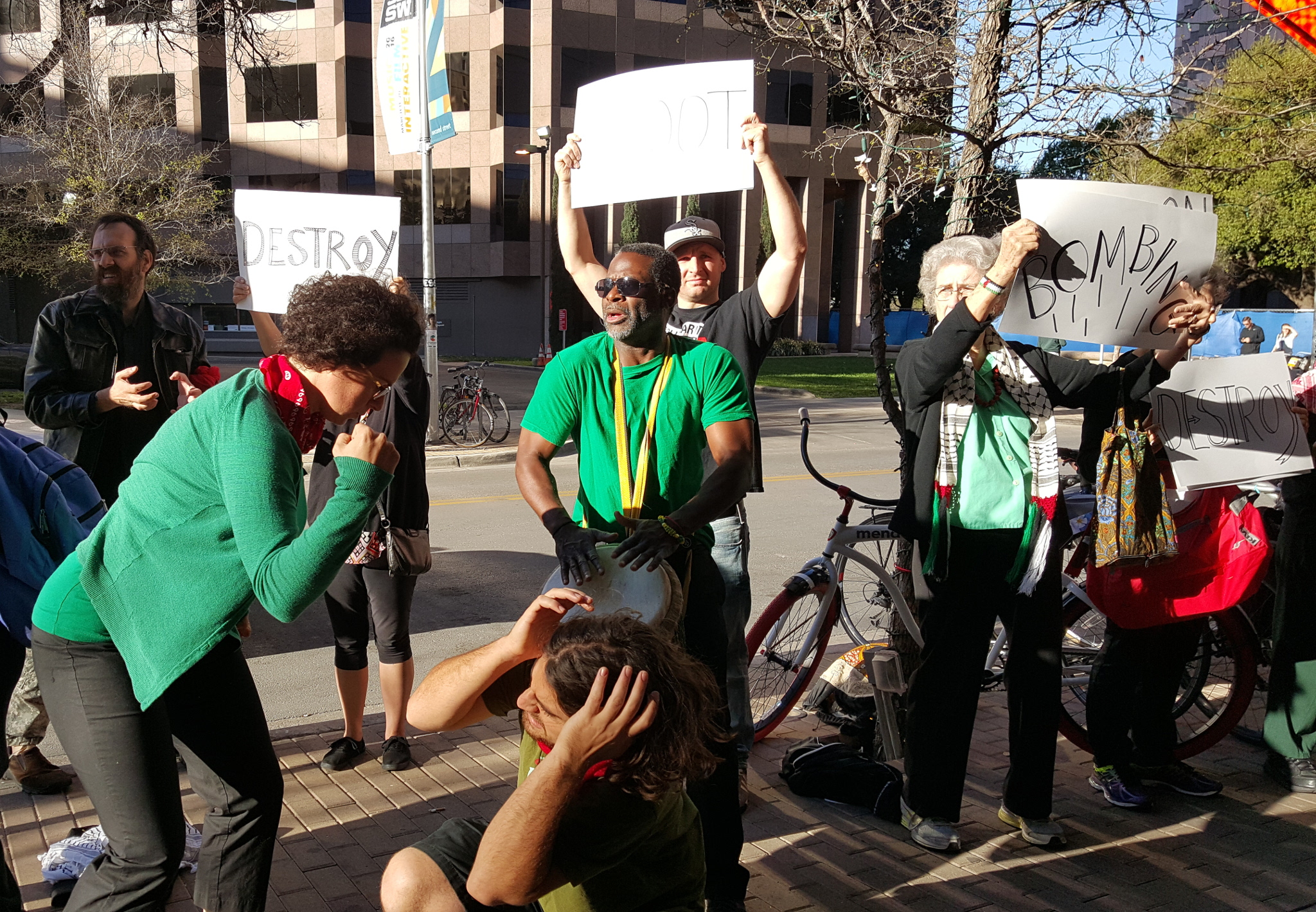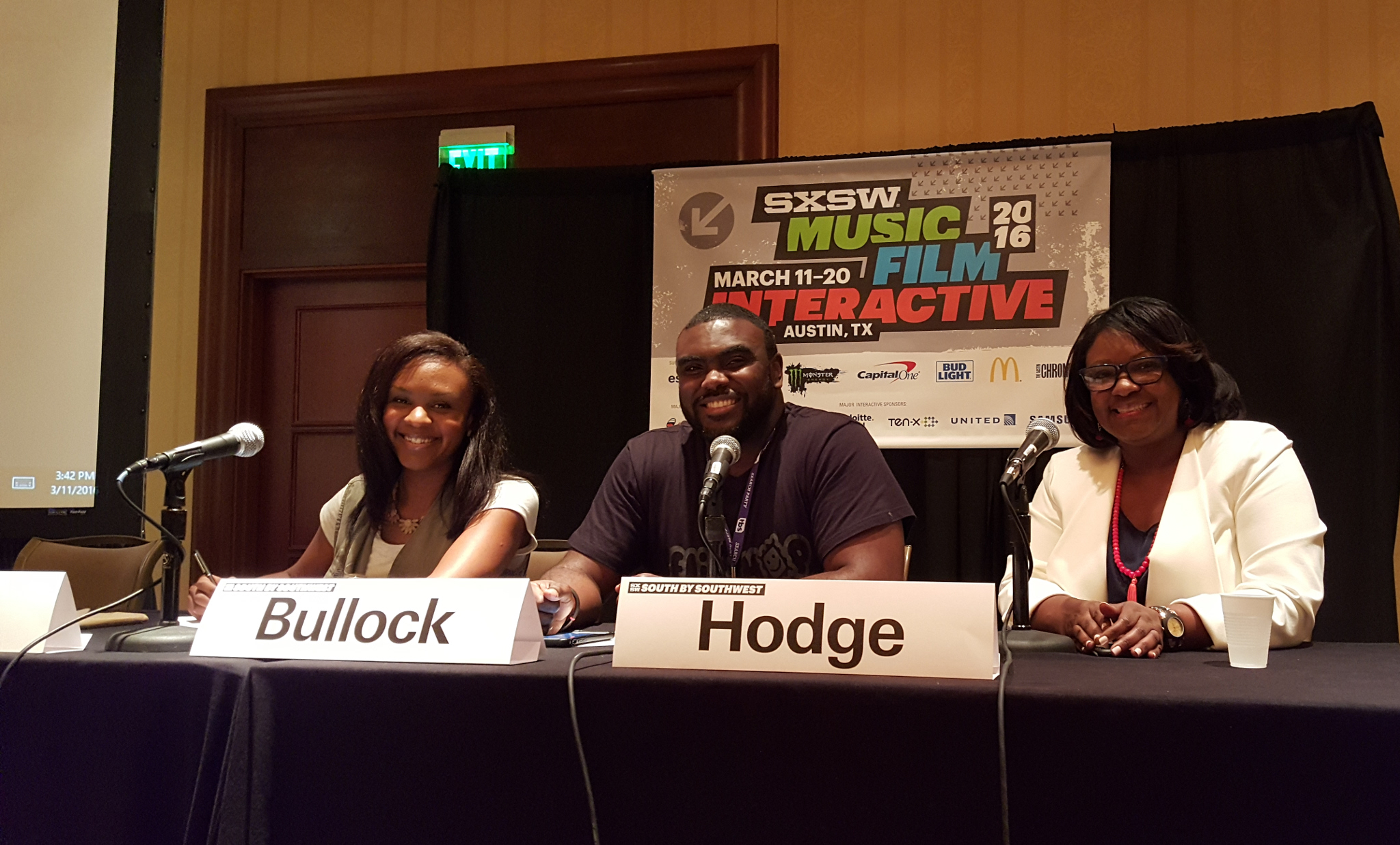I finally got a few solid hours of sleep last night, which is good since I was back downtown at 8:30am to attend a protest sponsored by Jewish Voice For Peace. They were targeting the panel “Building The Perfect Country,” which featured Israel’s general consul in New York, Ido Aharoni, among others.
Obviously, some folks felt like Israel has no business being on a panel with that name. Additionally, Aharoni is the leading mind behind the “Brand Israel” campaign, which seeks to replace Israel’s current image (“conflict! occupation! war crimes!”) with a white-washed alternative (“innovation! creativity! democracy!”).
The security — which was heavy! — gave me some serious stink eye when I went from the protest to the panel. I’ll be writing about both events for MintPress News.





